Today after breakfast our guide will be waiting to collect you for your included excursion to Gobustan National Park. Situated in East Azerbaijan, this archaeological reserve borders the southern slopes of the Major Caucasus ridge to the north, the Harami and Mishov Mountains to the south, Pirsaat River to the west and the Caspian Sea and Absheron peninsula to the east.
Gobustan is a culturally significant landscape of myriad rock carvings. Over 6000 petroglyphs have been discovered here together; that’s not all - there are also many ancient caves and archaeological sites within the reserve. Incredibly, some have been dated to as early as the 18th century BC. Together, they offer a fascinating insight into the development of human activity in this area, with scenes of mountain goat hunts, ceremonial dances and even maritime imagery as this place used to be by the sea. On our way back to Baku, you’ll stop at Yanar Dag.
This intriguing natural phenomenon is called the Burning Rock, so named because it is fuelled by seepage of natural gas. Flames up to three metres high regularly shoot from the sandstone hillside. Many believe that Yanar Dag is the reason Azerbaijan acquired its nickname, the Land of Fire.
Today’s excursion is a guided tour to Ateshgah. The temple of fire worshippers, Ateshgah is located on the Apsheron peninsula on the outskirts of Surakhani village just thirty kilometres from the center of Baku. It was revered in different times by Zoroastrians, Hindus and Sikhs. The current temple building dates from the 17th century, but far more ancient artefacts have been excavated here. This pentagonal complex has an open courtyard with an altar in the centre which was a place of pilgrimage for worshippers.
This open-air museum has been recently restored and by the decree of the President of Azerbaijan, Ateshgah has been declared a State historical-architectural reserve. Our final stop today will be an excursion to the fortress of Ramana. Ramana Castle is estimated to date back several centuries. The height of the fortress’ main tower is an imposing fifteen metres and is built of stone. It is assumed that it was built to protect a palace and was used during the reign of Shirvanshahs.
Having returned to Baku, we will visit some of the sights associated with modern Baku: the waterfront area of Baku Boulevard behind which rise the famous Flame Towers skyscrapers, the carpet museum, Heydar Aliyev Cultural Centre (from outside), the Shopping Mall 28th May and Park Boulevard, a mall situated on the main promenade.
Azerbaijan is located in an area with 9 climatic zones. And that is why here we have a lot of different kinds of vegetables and fruits all year. Visit Baku green bazar. Overnight in Baku.
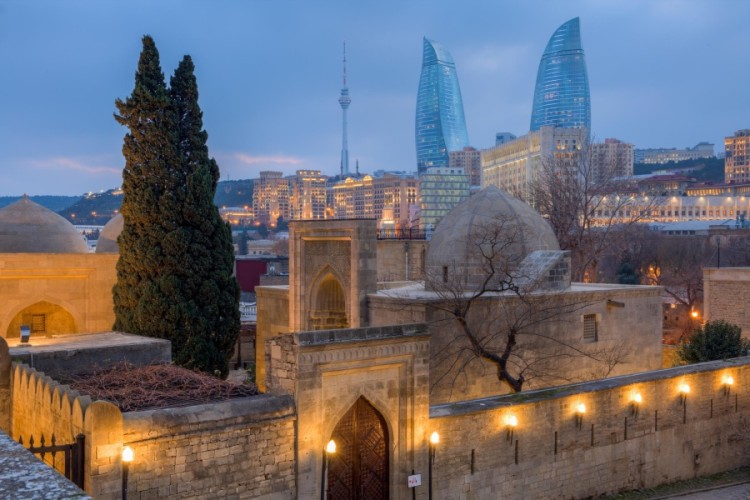
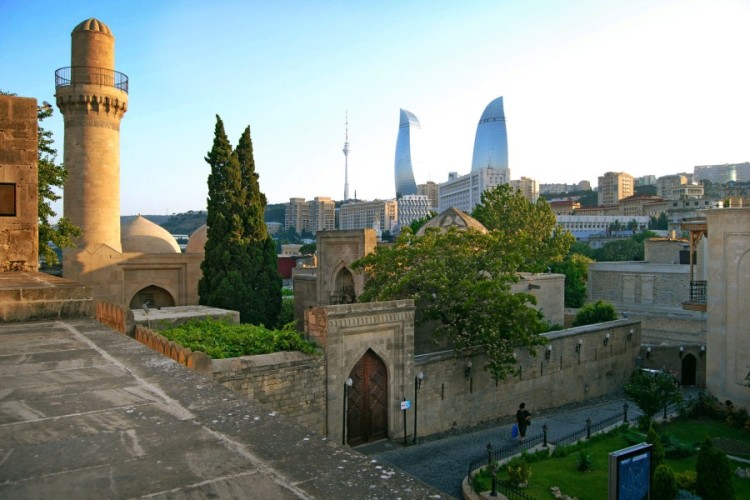
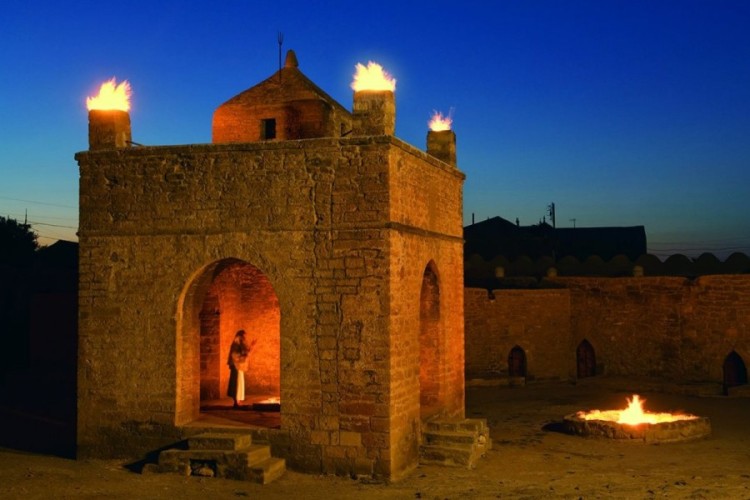
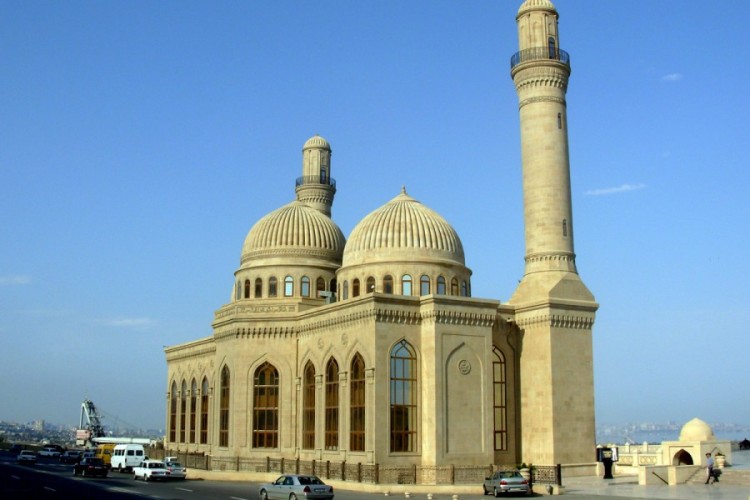

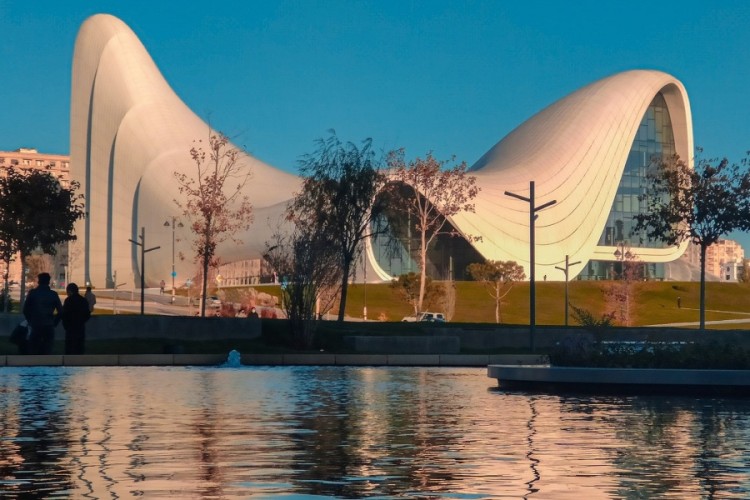
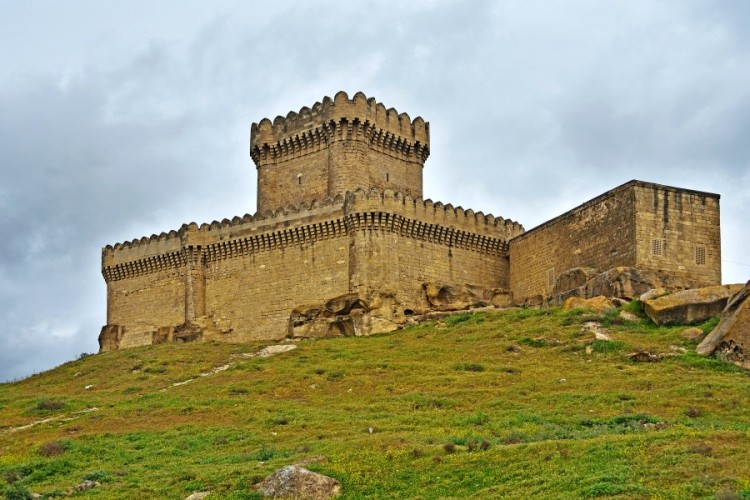


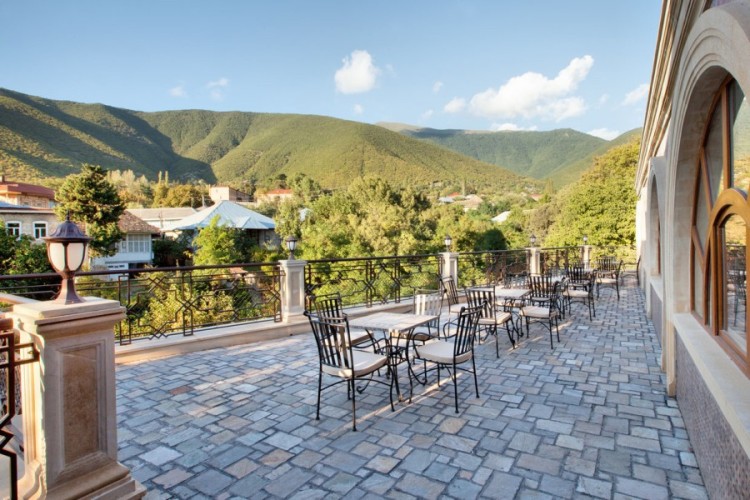
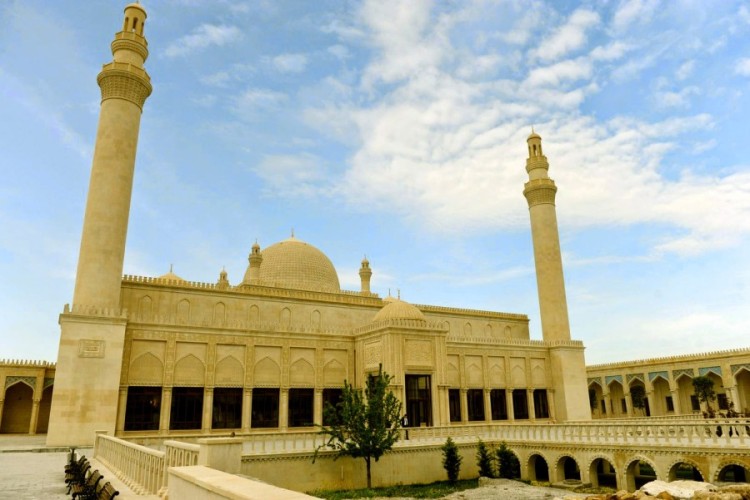
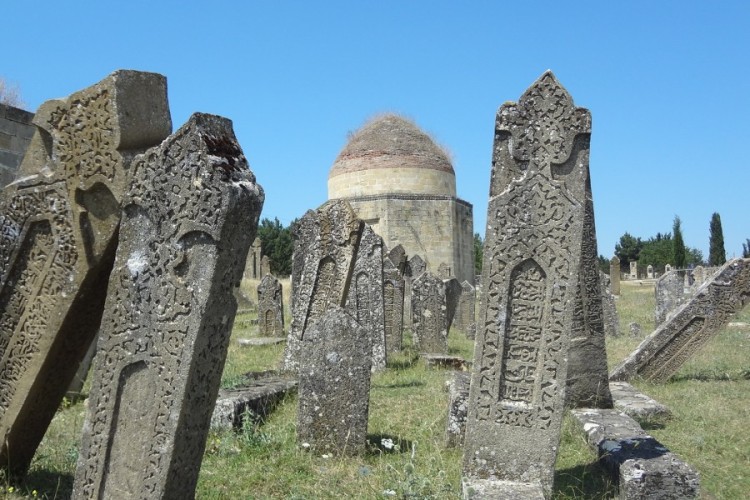
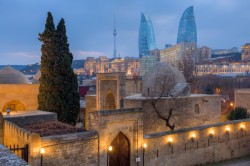
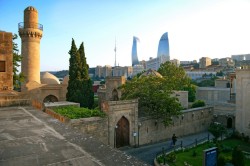

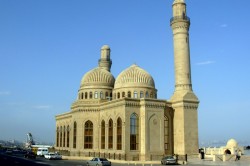
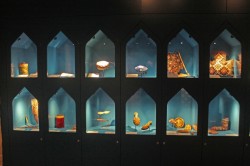
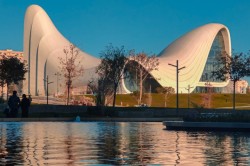
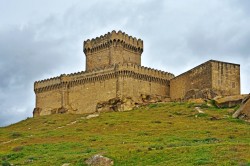
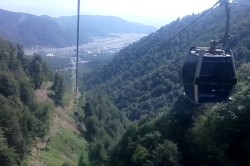
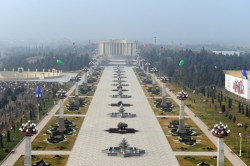
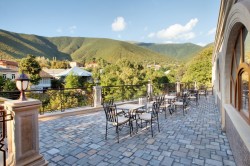
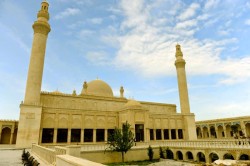


 Premium Park Hotel Baku
Premium Park Hotel Baku

/public/63f/f5f/c18/63ff5fc1899d7660630096.jpg 1x, https://sakurageorgia.com/storage/app/uploads/_thumbs/cover(800,448)/public/63f/f5f/c18/63ff5fc1899d7660630096.jpg 2x)
/public/5cd/999/759/5cd9997597add965357188.jpg 1x, https://sakurageorgia.com/storage/app/uploads/_thumbs/cover(800,448)/public/5cd/999/759/5cd9997597add965357188.jpg 2x)
/public/5cd/c79/596/5cdc7959658e0404566031.jpg 1x, https://sakurageorgia.com/storage/app/uploads/_thumbs/cover(800,448)/public/5cd/c79/596/5cdc7959658e0404566031.jpg 2x)
/public/63f/f66/540/63ff6654075bc442979948.jpg 1x, https://sakurageorgia.com/storage/app/uploads/_thumbs/cover(800,448)/public/63f/f66/540/63ff6654075bc442979948.jpg 2x)
/public/63f/f67/204/63ff672041a69707847133.jpg 1x, https://sakurageorgia.com/storage/app/uploads/_thumbs/cover(800,448)/public/63f/f67/204/63ff672041a69707847133.jpg 2x)
